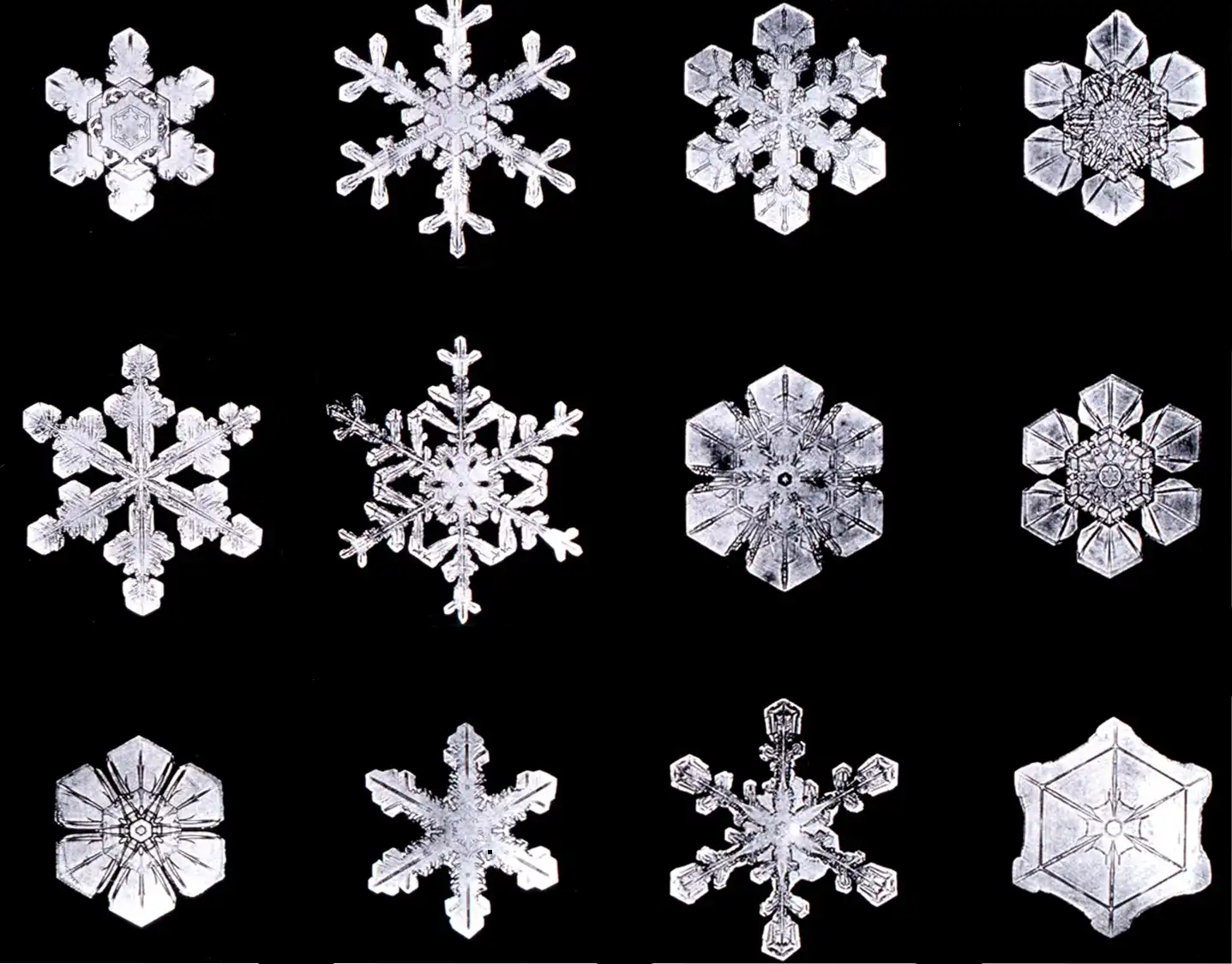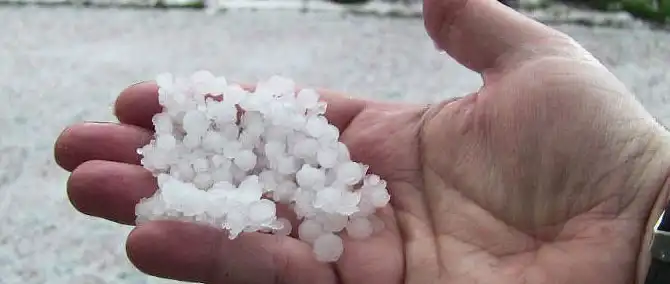Precipitation Types
Snow
Snow forms when there’s moisture in the air in the form of Ice crystals. These crystals collide forming Snow flakes. If enough collide they will become heavy enough to fall to earth. The size of the flake depends on the air temperature so generally below zero the flakes will small while above zero they will be larger. The heaviest Snowfalls in this Country tends to between 0C and 2C.
You may also hear described as dry or wet Snow. Dry snow tends to associated with cold dry easterly winds from the continent although it can occur with northly winds. Dry snow occurs when the surface temperature and troposphere fall below freezing. The snow doesn't stick together weighs less than wet snow and this due to the Snow having a lower water content. This means it's not sticky doesn't make good snowballs or Snow men and blows away easily. The main benefit of dry snow is that it is much easier to shift due to lower mass. Wet snow occurs when the air temperatures near the surface are above freezing and therefore has a higher water content. The snow tends to stick together easily makes Snowballs or Snowmen. However the higher water content makes it much more difficult to move as it's heavier and is one of the reasons why people have heart attacks while clearing it due to the extra stress. The other big downside of wet snow is that brings down trees and power lines due to the weight. Wet snow tends to freeze or form slush.
Snowflakes start melting above zero this also causes the air around them to cool. If the precipitation is heavy enough the cooling effect can cause the Snow to reach ever lower levels in a process called evaporative cooling.
Snowflakes are a collection of ice crystals that occur in a infinite number of forms. Indeed every Snowflake is unique although they form hexagonal structures.

Snow Pellets and Graupel
Snow pellets also known as Graupel or formerly Soft hail. This forms when Snow crystals encounter super cooled water droplets which collect and freeze on falling Snow flake eventually hiding the original Snow crystal. Snow pellets are totally different from hail which is formed from hard ice and only falls in thundery conditions. Snow pellets tend to be fragile and easily fall apart when touched. Snow pellets mostly fall in showers before or with Snow.
